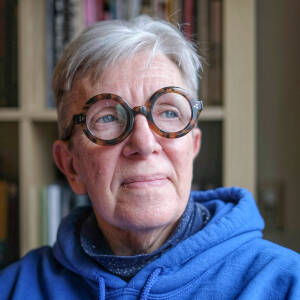Pilgrimage, an endpoint
Well, Well, Well? contributes to our appreciation of the Irish holy well as a therapeutic landscape. Holy wells and other pilgrimages are being (re)understood as sites of comfort and restoration—Dr. Richard Scriven.
I like the idea of places made holy by the accumulation of people’s hopes. I like the idea of sites of comfort and restoration.
I visited Lourdes in 1978 at the time of the children’s pilgrimage. I had lost one child (kidnapped by his father) and my second was four years old, and I saw the purpose of pilgrimage. After you have consulted every doctor, naturopath, counselor, therapist, shaman, and healer you can find. After medication, surgery, crystals, acupunture, homeopathy, incense, rituals, diets, electromagnets, journals, and psychedelics. After countless prostrations, genuflections, and co-payments.
You make a pilgrimage not to achieve a miracle but to reach an end of attempting to fix a thing that you cannot fix. Pilgrimage is an endpoint, perhaps on your knees, despite blisters, splinters, sores, and a battered heart. Pilgrimage gives you the right to say, ‘I have done all I can possibly do.’ Once you exhaust the body, the wallet, and the resources of community in making pilgrimage, you draw the line.
You say I’ve gone far as I can go. I’ve done every last possible thing. I hand it over to God or the gods or the Mother; to a prophet, saint, angel, boddhisattva; to Chance, Fate, or Random Chaos. ‘I’ve come to the end of trying,’ you say. If no miracle comes, I have permission to rest. To make an end of trying, to lie down in the grass or sit in a folding chair and say I’m done. I’m done. I can let go now.
Thanks for the chapbook, Amanda. And for that reminder that those of us who try endlessly to rescue, to help, to fix--can come to an endpoint and let go.

Comments
Sign in or get an account to comment.


